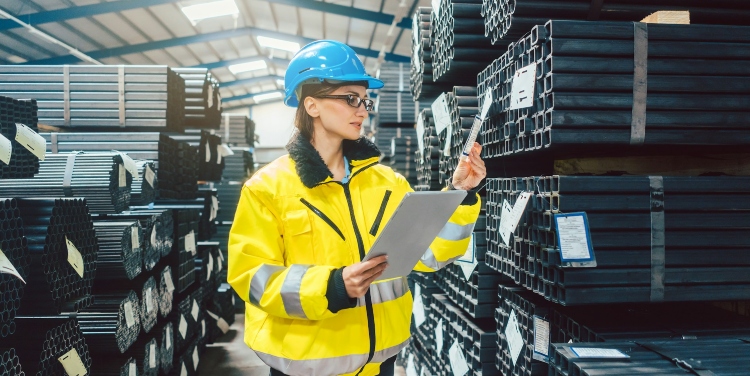The supply chain industry stakeholders are responsible for increasing safety measures, efficiency, and innovation and reacting to global occurrences. These changes have pressed towards Digital Automation solutions where companies have started using optimal resources for growth sustainability.
Container Handling Systems
The terminals’ traffic in supply chain operations is transforming by using robotic container handling systems, Internet of Things sensors, and predictive analytics. Suppose a manufacturing firm in Asia supplies its products to American consumers. Such merchandise would not be easy to manage and hence could be a disaster for total human control. These technologies are essential in reducing operations so that a manager can avoid getting involved up to the minimum level possible. Also, the allocation of resources becomes more accessible since it improves the performance of container terminals.
Automation in Container Handling
There are several ways to come up with automation in supply chains. Such automation has used means such as automated robotic cranes, guided vehicles, and sophisticated AI analytical means to enhance the flow of the cargo as well as the turnaround time while sharply reducing the dependence on manual workforce. These technologies enhance productivity and increase safety measures. They keep the risk of human error in completing tasks that could be dangerous at a minimum. More importantly, automation of operations in container handling benefits the environment by cutting fuel consumption. Leadership in the field must adopt new operation techniques to respond to emerging complexities through automation. Businesses also get the opportunity to build sustainable competitiveness and continuity in a supply chain network environment that has gone global.
Data Analytics and Machine Learning
The management of handling machines in conditions that involve a high throughput rate consists of using technology to make the efficiency level very high. Data analytics and machine learning help to make the layouts of the containers quite good so that the movement is not cumbersome. Allocating strategy and managing congestion is a big issue for terminals when these systems are in place and become unproblematic. The application of predictive analytics and machine learning assists terminals to even out the supply and demand through features such as a notification when the merchandise is low. Other benefits accruing from these systems are improved flows of containers and, generally, improved operational organizational capacity.
These technologies assist terminals in detecting equipment failures when they occur or even before they occur. Businesses in the contemporary world are so large that they cannot afford to shut down or have breaks often and without prior warnings; therefore, there are ways of avoiding such costly shutdowns. The innovative field has an avenue for developing systems that can cancel out problems upon detection.
Environmental Sustainability
Technology also contributes significantly to containing the impact on the natural environment in the aspects of digital and automation equipment in container handling. Technological advancements have ensured that they use less fuel, which also means that it has lower carbon emission rates. Every country has an act on sustainability and things like the degree of pollution in the community. The companies involved have the responsibility to create internal policies and curate them to avoid legal issues in their jurisdictions. Smart energy management systems and renewable energy sources align with industry goals for sustainability.
Conclusion
The container handling industry stands on the cusp of a new era defined by digital automation for companies on the supply chain. Container terminals have to adapt to sustainability and several global shifts. Integrating digital transformation solutions, data-driven insights, and a commitment to innovation will be vital in charting a course. Container handling will become more accessible, hence an improved customer experience in the long run.
David Prior
David Prior is the editor of Today News, responsible for the overall editorial strategy. He is an NCTJ-qualified journalist with over 20 years’ experience, and is also editor of the award-winning hyperlocal news title Altrincham Today. His LinkedIn profile is here.











































































